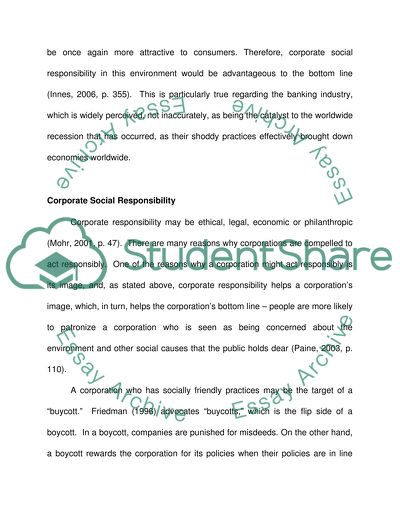Cite this document
(“Corporate Social Responsibility in Banks Essay Example | Topics and Well Written Essays - 4750 words”, n.d.)
Corporate Social Responsibility in Banks Essay Example | Topics and Well Written Essays - 4750 words. Retrieved from https://studentshare.org/law/1440205-corporate-social-responsibility-in-banks
Corporate Social Responsibility in Banks Essay Example | Topics and Well Written Essays - 4750 words. Retrieved from https://studentshare.org/law/1440205-corporate-social-responsibility-in-banks
(Corporate Social Responsibility in Banks Essay Example | Topics and Well Written Essays - 4750 Words)
Corporate Social Responsibility in Banks Essay Example | Topics and Well Written Essays - 4750 Words. https://studentshare.org/law/1440205-corporate-social-responsibility-in-banks.
Corporate Social Responsibility in Banks Essay Example | Topics and Well Written Essays - 4750 Words. https://studentshare.org/law/1440205-corporate-social-responsibility-in-banks.
“Corporate Social Responsibility in Banks Essay Example | Topics and Well Written Essays - 4750 Words”, n.d. https://studentshare.org/law/1440205-corporate-social-responsibility-in-banks.


